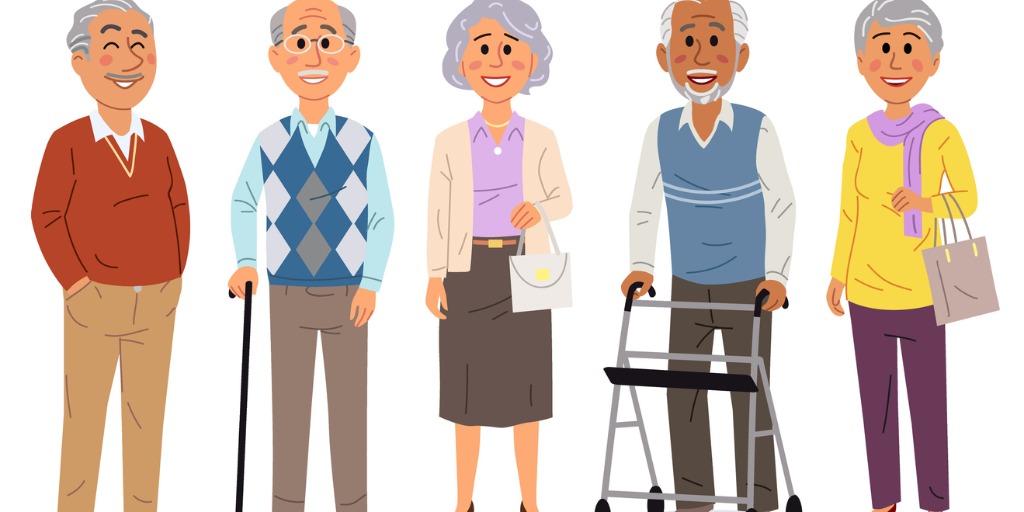
Life expectancy, who wants to live forever?
Low life expectancy in Scotland is commonly known by physicians as “The Scotland Effect”
14 AUGUST 2019Life expectancy, who wants to live forever?

Low life expectancy in Scotland is commonly known by physicians as “The Scotland Effect”
Life expectancy is a statistical measure that estimates the average number of years a person is expected to live based on various factors such as their birth year, gender, and the overall health and living conditions of a population. It gives us an idea of how long people are likely to live on average.
Imagine it as a prediction of the average lifespan within a specific population or demographic group. For instance, if the life expectancy in a country is 75 years, it suggests that, on average, people in that country are expected to live around 75 years.
Life expectancy is influenced by several factors, including access to healthcare, sanitation, nutrition, education, income levels, and lifestyle choices such as smoking, exercise, and diet. Generally, populations with better healthcare systems, higher standards of living, and healthier lifestyles tend to have higher life expectancies.
It’s important to understand that life expectancy is a statistical measure and doesn’t predict the lifespan of any individual person. While some people may live longer than the average life expectancy, others may live shorter lives due to various factors such as genetics, accidents, or illnesses.
Overall, life expectancy provides valuable insight into the health and well-being of populations and helps guide public health policies and healthcare interventions aimed at improving longevity and quality of life.
The Scotland Effect
The most obvious trend is the low life expectancy in Scotland, commonly known by physicians as “The Scotland Effect”. We can clarify this by breaking down the data by nation. We can see that Northern Ireland has the highest expectancy with 60.9, then England with 60.7, Wales with 60.1 and in Scotland it’s 59.3.
This trend has been recorded for decades but we are still unsure why it exists.
The direct cause would appear to be the higher smoking, alcohol and drug abuse seen in Scotland, especially Glasgow. But these behaviours are formed from decades of political and economic imbalance where the poor have paid the price. Click here for more information on this topic.
The Gender Gap
A bigger difference can be seen between the two sexes. For the 18-24 age group, the female average is 62.5 whereas the male average is 58.9. That’s over a 3-year difference!
As you can imagine, finding the route of this trend is a very complicated issue. There have been many theories such as males abusing their bodies with cigarettes and alcohol more than women but the same trend is true in other great apes who have never touched a cigarette.
This implies the cause is biological. Studies suggest the male sex hormone testosterone may increase the risk of cardiovascular diseases and certain cancers later on in life. Larger bodies also increase the risk of cancer as there are more cells to mutate. For more information click here.
Conclusion
There appears to be little males can do to balance the books, but there are ways we can all increase our expected life spans. Eating a healthy diet, taking part in regular exercise and refraining from smoking and excessive drinking can all have a huge impact on our health.
